In the evolving landscape of education, the incorporation of creative tools has shifted the paradigm from passive learning to active engagement. From interactive apps and augmented reality to gamification and digital storytelling, educators worldwide are leveraging innovative tools to enhance learning outcomes. This article explores real-world case studies where creative tools in education have made a measurable impact, helping students grasp complex concepts, foster collaboration, and build critical thinking skills.
1. Gamification in Learning: Quest to Learn (New York City, USA)
Tool Focus: Game-Based Curriculum Design
One of the most cited case studies in creative education is the Quest to Learn public school in New York City. Founded in 2009, this school integrates game-based learning principles into its curriculum. The idea is not to play games all day but to use the structure of games—missions, levels, feedback loops, and rewards—to engage students more deeply in content.
For example, in a science unit on ecosystems, students participate in a simulation game where they act as environmental scientists. They are tasked with preserving a fragile ecosystem, requiring them to apply scientific knowledge, use strategic thinking, and collaborate with peers.
Impact:
Studies show students at Quest to Learn demonstrate stronger systems thinking, improved problem-solving skills, and higher engagement compared to traditional classrooms.
2. Digital Storytelling: KIPP Academy (Chicago, USA)
Tool Focus: Adobe Spark & VoiceThread
At KIPP Academy, educators introduced digital storytelling tools like Adobe Spark and VoiceThread into language arts and social studies classrooms. Students were encouraged to create multimedia narratives that explored historical events, personal stories, or hypothetical scenarios. They integrated voiceovers, music, and images to tell compelling stories.
In one standout project, eighth graders created documentary-style presentations on civil rights movements, combining archival footage, interviews, and their own interpretations.
Impact:
Students reported higher levels of emotional investment in their assignments. Teachers observed improved writing skills, increased use of evidence, and better narrative structure. Additionally, students learned valuable multimedia skills that are relevant for modern communication.
3. Augmented Reality in Science: Cleveland High School (Seattle, USA)
Tool Focus: Merge Cube and AR Apps
Cleveland High School introduced augmented reality (AR) into their biology classrooms using the Merge Cube—a handheld object that displays 3D models when paired with AR apps. When learning about human anatomy, students could manipulate a 3D heart or brain using their mobile devices, rotating it and exploring cross-sections.
This interactive experience replaced textbook diagrams with immersive, tactile exploration, allowing students to better understand spatial relationships and systems.
Impact:
Students demonstrated a 25% improvement in retention of anatomical structures compared to those using traditional materials. The AR tools also helped bridge learning gaps for visual and kinesthetic learners.
4. Collaborative Design Thinking: Stanford d.school Outreach (California, USA)
Tool Focus: Design Thinking Curriculum + Prototyping Tools
The Stanford d.school K12 Lab developed a program to bring design thinking to middle and high school classrooms. Teachers were trained to facilitate design challenges where students tackled real-world problems like designing inclusive playgrounds or improving school lunches.
Students used prototyping tools like 3D printers, cardboard modeling, and software like Tinkercad. Emphasis was placed on empathy, ideation, iteration, and collaboration.
Impact:
Students became more comfortable with ambiguity, demonstrated increased creativity, and developed resilience through iterative feedback. Teachers reported a stronger sense of ownership in student work and higher engagement across diverse learners.
5. Coding & Robotics: Root Robotics in Elementary Schools (Massachusetts, USA)
Tool Focus: Root Coding Robot & Scratch
In several elementary schools in Massachusetts, students as young as six are learning to code using the Root robot, which moves, draws, and responds to environmental cues. Combined with Scratch, students learn sequencing, logic, and problem-solving through creative play.
In one school project, second graders programmed Root to navigate a maze they built themselves. They had to plan their code, debug when it didn’t work, and iterate solutions.
Impact:
Early exposure to computational thinking was linked to improved math scores and higher confidence in STEM subjects, especially among girls and underrepresented minorities.
6. Art Integration via Virtual Reality: Reykjavik International School (Iceland)
Tool Focus: Google Tilt Brush & VR Headsets
The Reykjavik International School incorporated virtual reality into their art curriculum using Google Tilt Brush, a tool that allows students to “paint” in a 3D space. Students created immersive art installations inspired by Nordic mythology and environmental themes.
The VR environment gave students freedom to experiment with scale, color, and form in a way traditional media could not. Students could walk through their own creations and even present them in virtual exhibitions.
Impact:
The school saw increased enthusiasm for art, particularly among students who didn’t previously enjoy drawing or painting. Teachers noted improved spatial reasoning and deeper thematic exploration in student projects.
7. Language Learning through Immersive Audio: Tokyo International School (Japan)
Tool Focus: AI Voice Apps & Podcasting
To improve English fluency and listening skills, the Tokyo International School implemented a podcasting initiative where students created bilingual podcasts. Using tools like Anchor and AI voice training apps, students recorded episodes on topics ranging from pop culture to environmental issues.
They wrote scripts, practiced pronunciation, edited audio, and shared their work with a global audience.
Impact:
Students showed greater fluency and pronunciation accuracy. The global reach of their podcasts also motivated them to focus more on clarity and engagement, thus enhancing their communication skills.
Key Takeaways from the Case Studies
- Personalization is Powerful: Tools like AR and storytelling platforms adapt to diverse learning styles, making abstract concepts more tangible.
- Engagement Increases Retention: Immersive and interactive tools consistently lead to better content retention and deeper understanding.
- Creative Tools Build 21st Century Skills: Whether through coding, design, or podcasting, students gain collaboration, critical thinking, and media literacy skills.
- Technology Bridges Equity Gaps: Many creative tools help students from underrepresented backgrounds find new ways to connect with content and express themselves.
Conclusion
The integration of creative tools in education is more than a trend—it’s a necessary evolution in how we approach teaching and learning. These case studies reveal that when educators use technology not as a crutch but as a catalyst for creativity and engagement, students respond with enthusiasm, curiosity, and deeper understanding.
As schools continue to explore innovative approaches, the focus should remain on empowering both teachers and students to experiment, reflect, and iterate. The future of learning lies not just in delivering information, but in inspiring imagination and agency in every student.
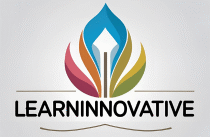
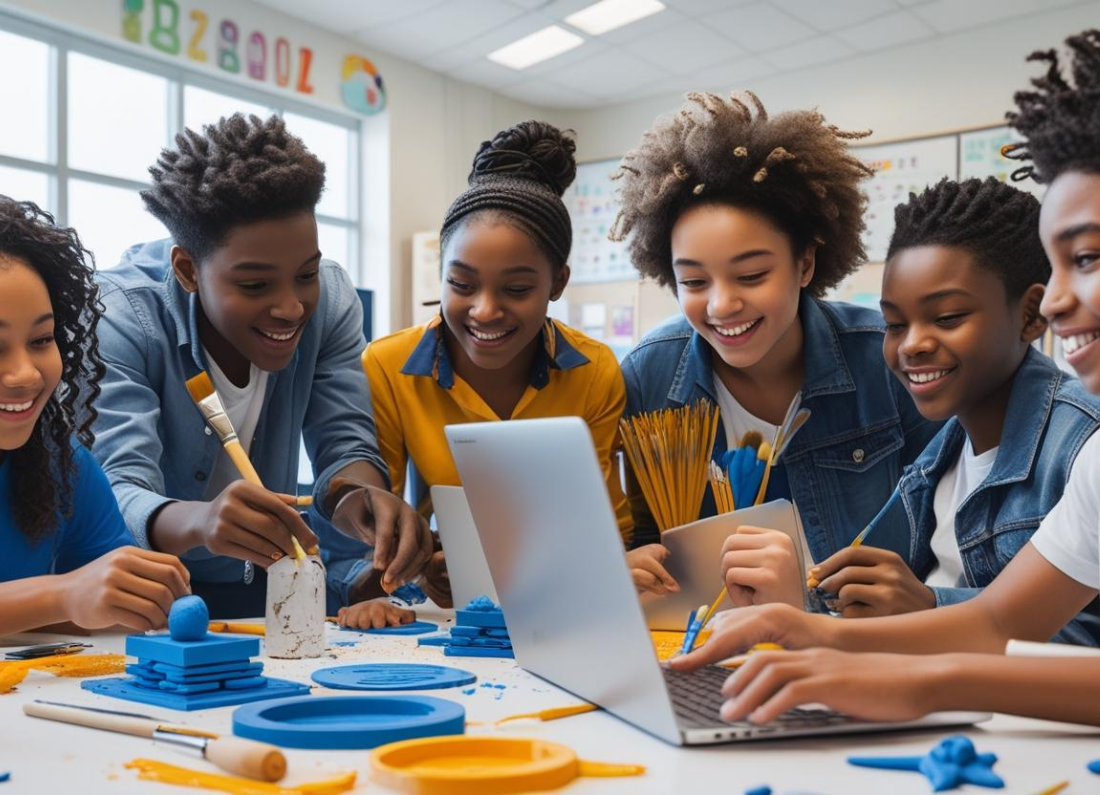
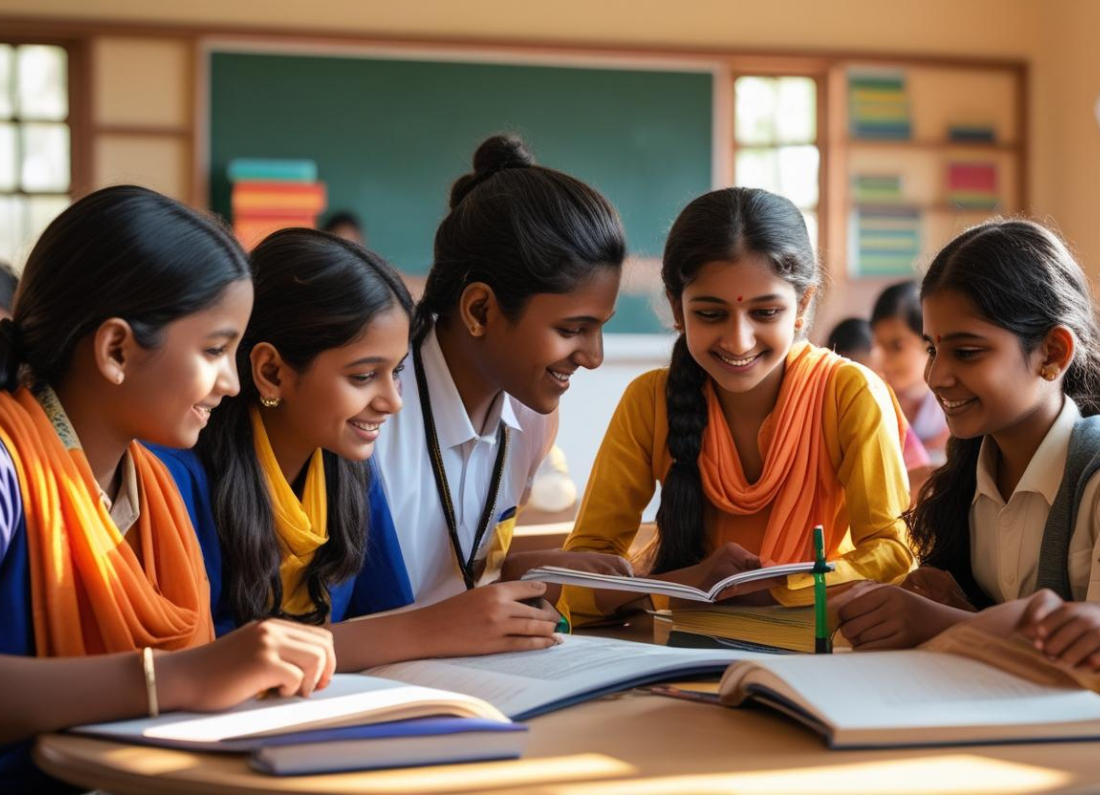
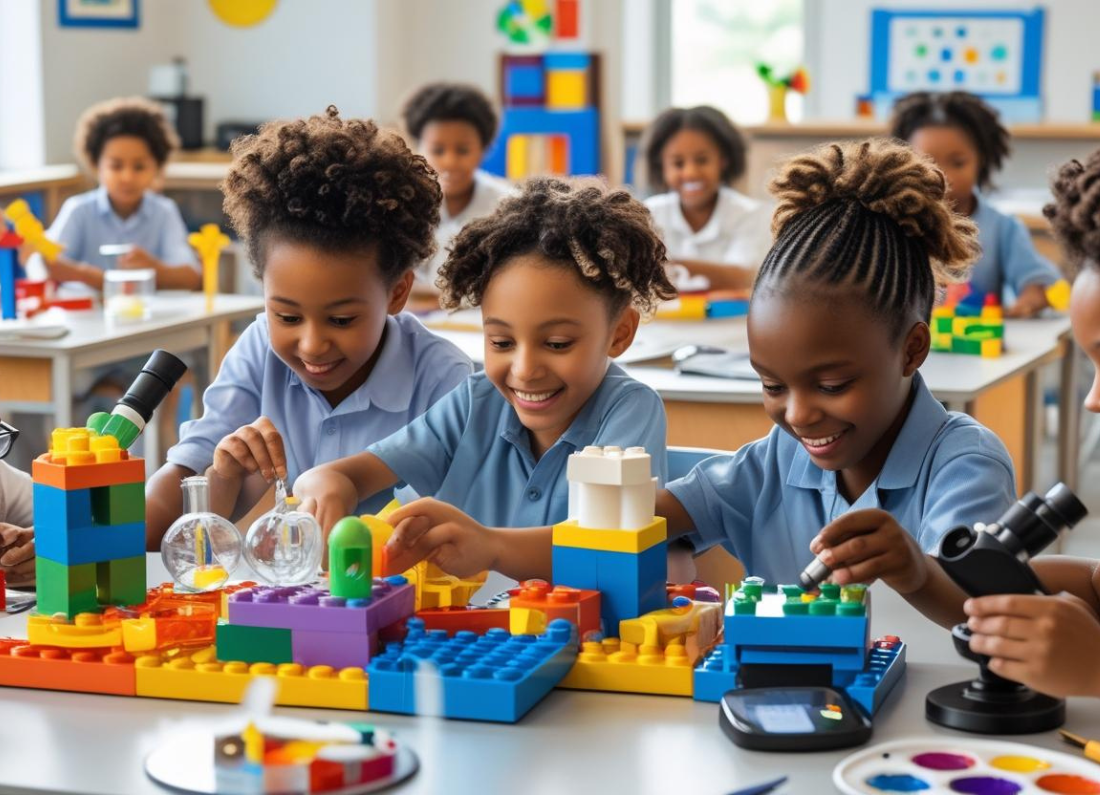
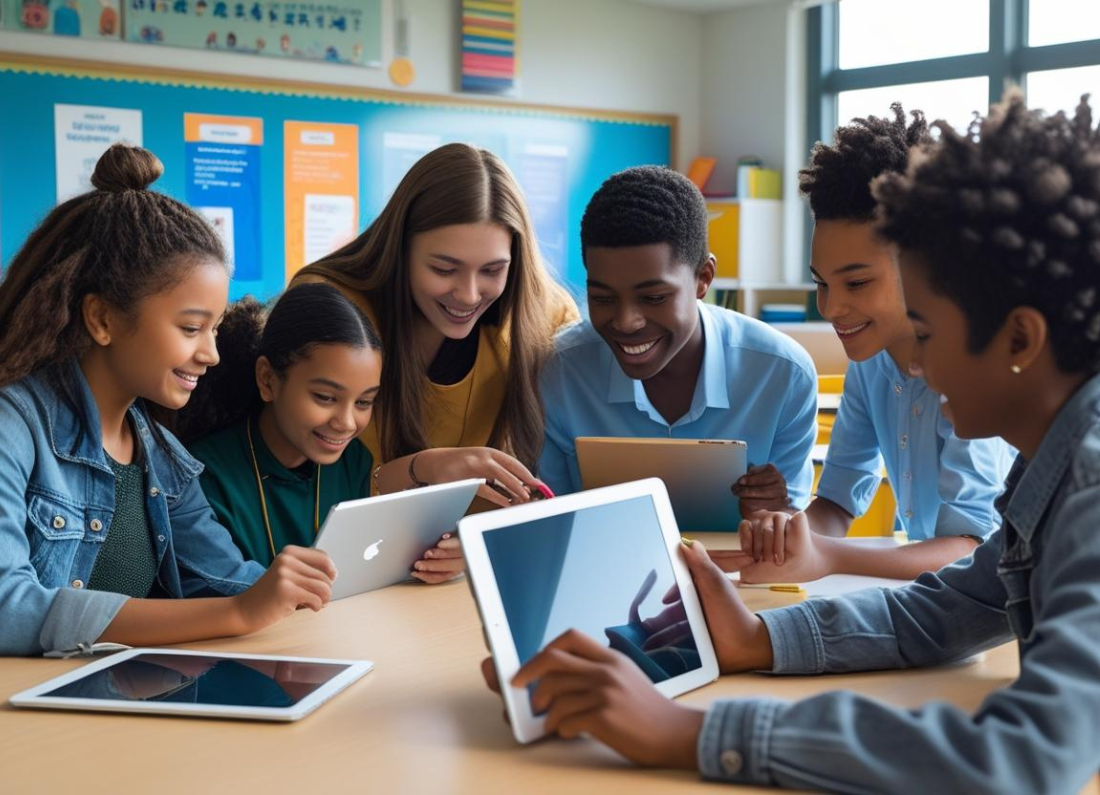
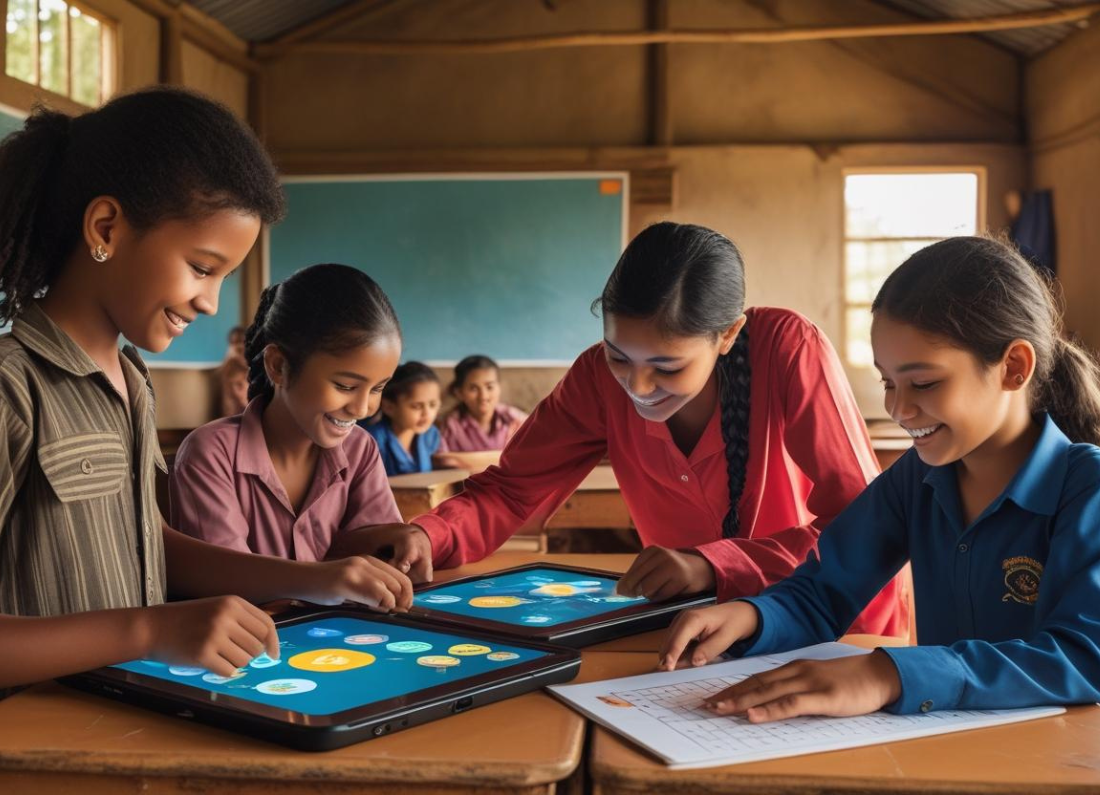
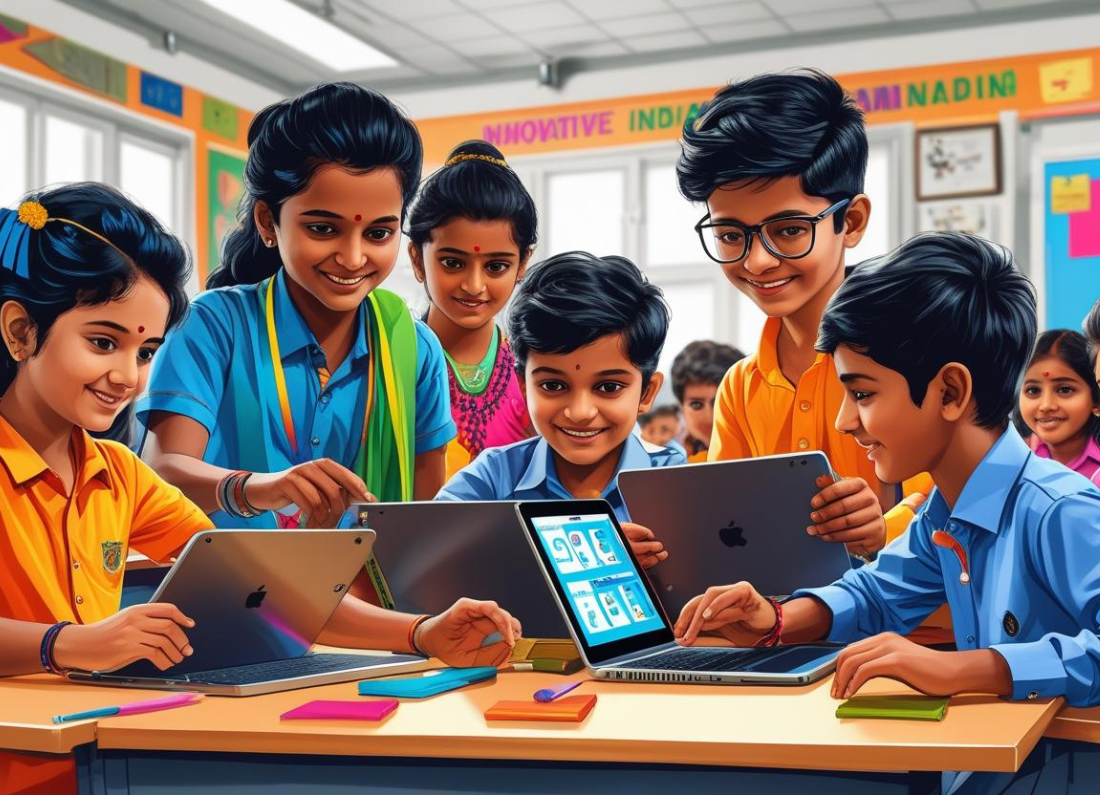
Leave a Reply